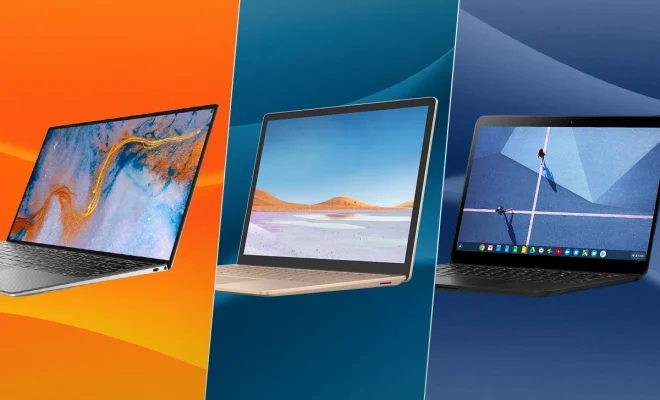What Is the Difference Between a UV Sphere and an Icosphere in Blender?

When working with Blender, you have the option of creating a variety of different shapes to use in your projects. Two popular options are the UV Sphere and the Icosphere. While these may look similar, there are several key differences between them.
UV Sphere:
The UV Sphere is a simple sphere shape that can be created by choosing the “UV Sphere” option in the Add menu. This shape is created by taking a cube and subdividing it several times until it approximates a sphere. It has a smooth, continuous surface with no sharp edges. The UV Sphere is very versatile and can be shaped to fit many different types of environments, especially when used in conjunction with different texturing and lighting techniques.
Icosphere:
The Icosphere is a more complex shape that can be created by choosing the “Icosphere” option in the Add menu. This shape is made by starting with an icosahedron and then dividing each triangular face into four smaller triangles. As a result, the Icosphere has a more even distribution of vertices and edges, which gives it a more uniform and geometric appearance. It also has sharper edges than the UV Sphere due to its triangular faces.
So, what is the difference between these two shapes? The UV Sphere is simpler and easier to work with, while the Icosphere is more complex and has a more uniform distribution of vertices. The UV Sphere is more versatile, making it a good choice for creating a variety of different types of objects and environments, while the Icosphere is better suited for more geometric shapes and structures.
These two shapes are just a few of the many options available in Blender, and the best choice for your project will depend on your needs and the style you are going for. Whether you choose the UV Sphere or the Icosphere, each shape has its own unique advantages and can be used to create stunning 3D models and environments.






